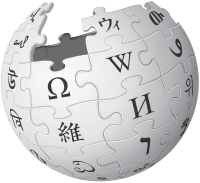Definify.com
Definition 2026
四君子
四君子
Chinese
| four; 4 | |||
|---|---|---|---|
|
simp. and trad. (四君子) |
四 | 君子 | |
| Literally: “four junzis”. | |||
Proper noun
四君子
- Four Gentleman; four plants (chrysanthemum, bamboo, orchid, and plum blossom) that are often depicted in traditional Chinese, Korean, and Japanese ink-and-brush painting
Related terms
References
-
 Four Gentleman on Wikipedia.Wikipedia
Four Gentleman on Wikipedia.Wikipedia
Japanese
| Kanji in this term | ||
|---|---|---|
| 四 | 君 | 子 |
|
し Grade: 1 |
くん Grade: 3 |
し Grade: 1 |
| on'yomi | ||
Etymology
Probably from Middle Chinese compound 四君子 (*sì *giuən *tziə̌, literally “four gentlemen”). Compare modern Chinese 四君子 (Sì Jūnzi).
Pronunciation
Proper noun
四君子 (hiragana しくんし, romaji Shikunshi)
- the Four Gentlemen: ume (the plum blossom, symbolising winter), ran (the orchid, symbolizing spring), matsu, (the bamboo, symbolizing summer), and kiku (chrysanthemum, symbolizing autumn):
Coordinate terms
- 松竹梅 (しょうちくばい, shōchikubai): pine, bamboo, and plum (similarly appearing as the subject of traditional Chinese, Korean, and Japanese paintings)